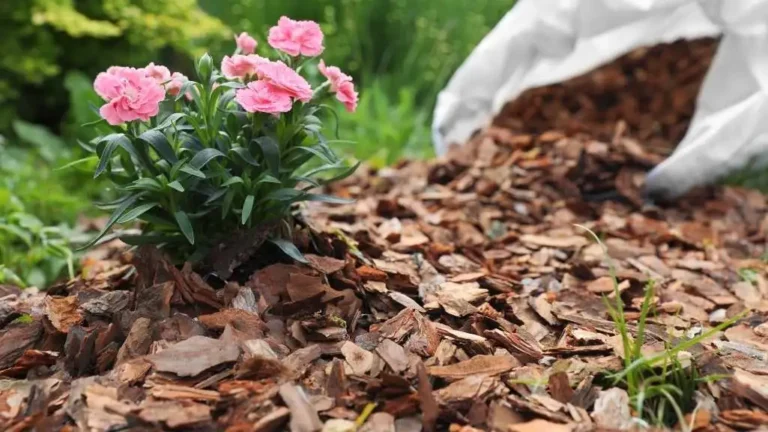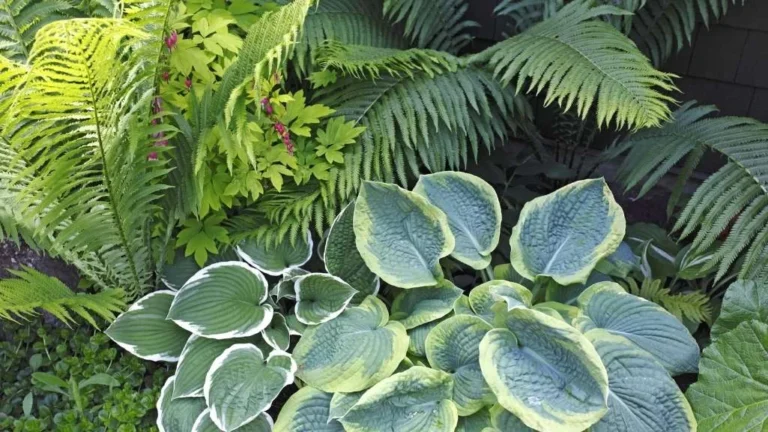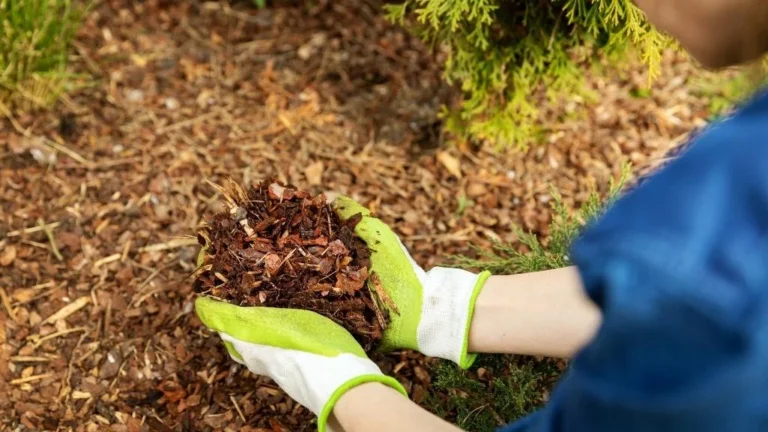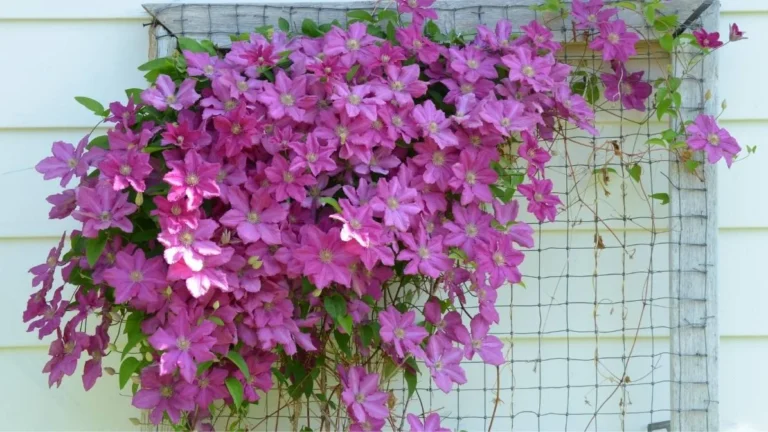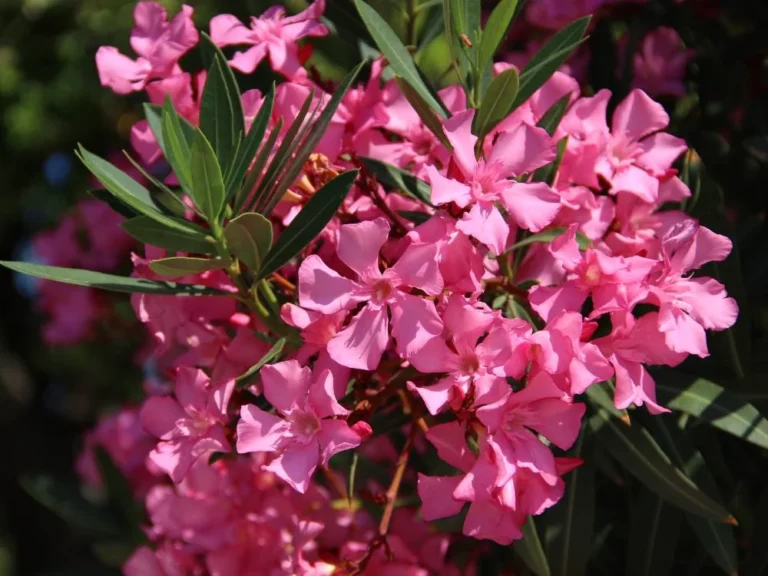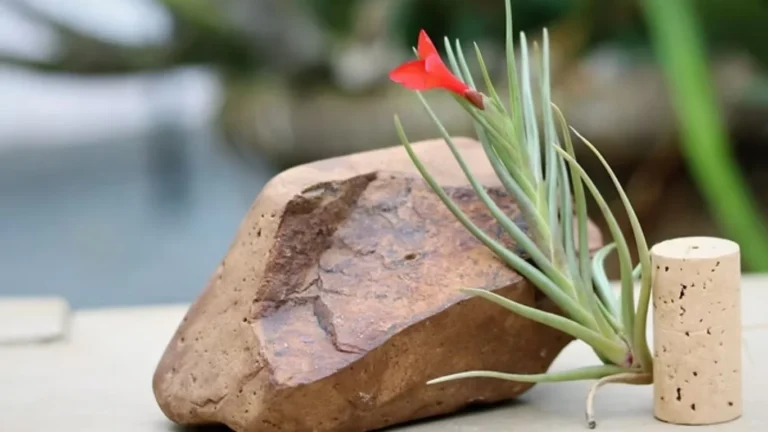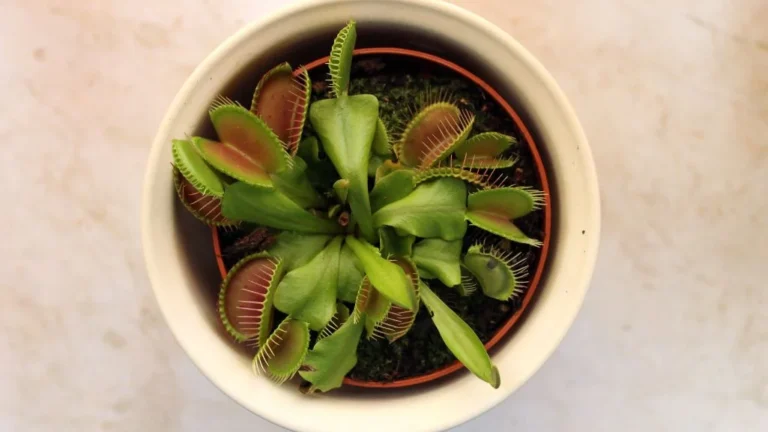Polka Dot Plant, At a Glance
Scientific name | Hypoestes phyllostachya |
Family | Acanthaceae |
Common Names | Polka Dot Plant, Freckle Face Plant, Measles Plant, Splash Plant, Pink Dot Plant, Baby’s Tears |
Native | Madagascar |
Hardiness Zone | USDA Zones 10 to 11 |
Plant Type | Perennial |
Bloom | Rare |
How Polka Dot Plant Looks
Leaves
The polka Dot plant has oval-shaped, colorful, and patterned foliage, typically growing up to 2 inches to 5 inches. The surface of the leaves is adorned with contrasting spots or speckles in shades of pink, red, white, or green, depending on the cultivar.
Stem
The polka dot plant has slender, woody textured stems that grow upright from the soil holding the foliage.
Height
Polka Dot Plants usually reach heights of around 6 to 12 inches, though they can occasionally grow slightly taller under optimal conditions.
Types of Polka Dot Plant
There are several varieties and cultivars of Polka Dot Plant, each with unique leaf colors, patterns, and growth habits. Some of their names are pink polka dot plant, red polka dot plant, white polka dot plant, splash polka dot plant, confetti polka dot plant, compact polka dot plant, and tricolor polka dot plant.
Polka Dot Plant Requirements
Requirements for polka dot plant at a glance
Elements | Requirement |
Sunlight | Bright indirect sunlight |
Temperature | 65°F to 75°F |
Humidity | 50-60% |
Soil pH | 5.5 – 6.5 |
Soil mixture | Well-drained, moist holder, nutrition-rich |
Container | Container with drainage hole |
Water | Keep the soil moist consistently. |
Fertilizer | Once a month during summer and spring |
Note: The soil pH level indicates how acidic or neutral the soil is. On a scale of 1 to 10, with 7 indicating neutrality, a pH value less than 7 indicates acidity, while a value greater than 7 indicates alkalinity. Polka dot plants require acidic soil.
Mix the Soil Properly
The Polka dot plant requires a well-drained, nutrition-rich soil mixture that retains enough moisture to keep the plant healthy. So, the ideal soil mix for this plant includes components like-
- 50% regular potting mix,
- 20% pumice or perlite for good drainage and aeration,
- 20% peat moss or coco-coir for holding moisture in the soil and
- 10% compost, such as manure, kitchen, or organic compost, to add nutritional value.


Choose the Right Container
Polka dot plants have shallow, fibrous roots, which means the roosts grow thin from the base of the plant and tend to spread horizontally. So, consider the following factors when choosing a container for a polka dot.
- The size of the container/pot should be 1-2 inches bigger than the current root system. Don’t go for a deeper pot, as the roots grow horizontally.
- Polka dot plants have thin roots that can quickly rot if the soil gets waterlogged. So, the container must have drainage holes.
- Polka dot plant requires moist soil. I recommend choosing plastic containers as they hold moisture in the soil for a long time. I placed my polka dot in a plastic pot and put it into a decorative pot. Ceramic, clay, or terracotta containers are also suitable for polka dot plants. It’s important to note that plastic pots retain more moisture compared to ceramic or terracotta pots. This difference affects how often you need to water the plant.
Sunlight
Providing the right light is crucial to ensure polka dot plant plants thrive.
- Place it in a space where it gets indirect, bright light. Don’t put the plant under direct sunlight; this can fade its pattern. A spot near a north or east-facing window is often ideal, providing bright light without harsh, direct sun.
- Polka dot plants can tolerate lower light conditions; they may become leggy, and their colors can fade. In low light, the plant might also grow more slowly.
- Polka dot is a sensitive plant affected by sudden environmental change. So, be careful when moving the plant from low to bright. Start by moving the plant closer to the new light source for a few hours daily, increasing the duration over a week or two.
When & How to Water
Polka dot plant requires consistently moist soil but doesn’t like to be waterlogged. Remember the following things while watering polka dot.
- Water the plant when the top layer of the soil dries out. Do a finger dip test or use a moisture meter to check the soil’s moisture level.
- Polka dot plants are sensitive to fluoride and chlorine; these elements may contained in regular tap water. Using rainwater, filtered, or distilled water is the safest option for watering polka dot plants.
- Ensure that each layer of soil is thoroughly watered. Continue watering until water flows out from the drainage holes at the bottom of the pot.
- Let all the excess water drain thoroughly, and avoid letting the plant remain in standing water for extended periods.
- Polka Dot Plants thrive in higher humidity environments. To maintain humidity, mist the plant regularly, use a pebble tray, or place it near a humidifier.
Fertilizer for Polka dot Plant
The Polka dot plant does not require too much fertilizer. Fertilizing once a month during its growing time (summer and spring) is enough. It’s better not to put fertilizer in during winter as plants go into dormancy in winter.
- A balanced, water-soluble fertilizer such as NPK 10-10-10 or a slow-release fertilizer can provide the plant with nutrition.
- For liquid fertilizers, dilute them to one-fourth of the recommended strength to avoid over-fertilization, which can cause leaf burn.
- Water the plant thoroughly before applying fertilizer to prevent root burn. Applying fertilizer to dry soil can damage the roots.
When & How to Repot
The polka dot plant should be repotted when its roots become crowded in the pot, typically every 1-2 years. Usually, this plant likes to be root-bound, so check for signs that a polka dot plant needs repotting, including roots growing out of the drainage holes, the plant becoming unstable in its current pot, or water draining too quickly through the soil. After repotting, give the plant time to adjust to its new environment. Keep it slightly shaded for a few days before gradually reintroducing it to its usual light conditions.

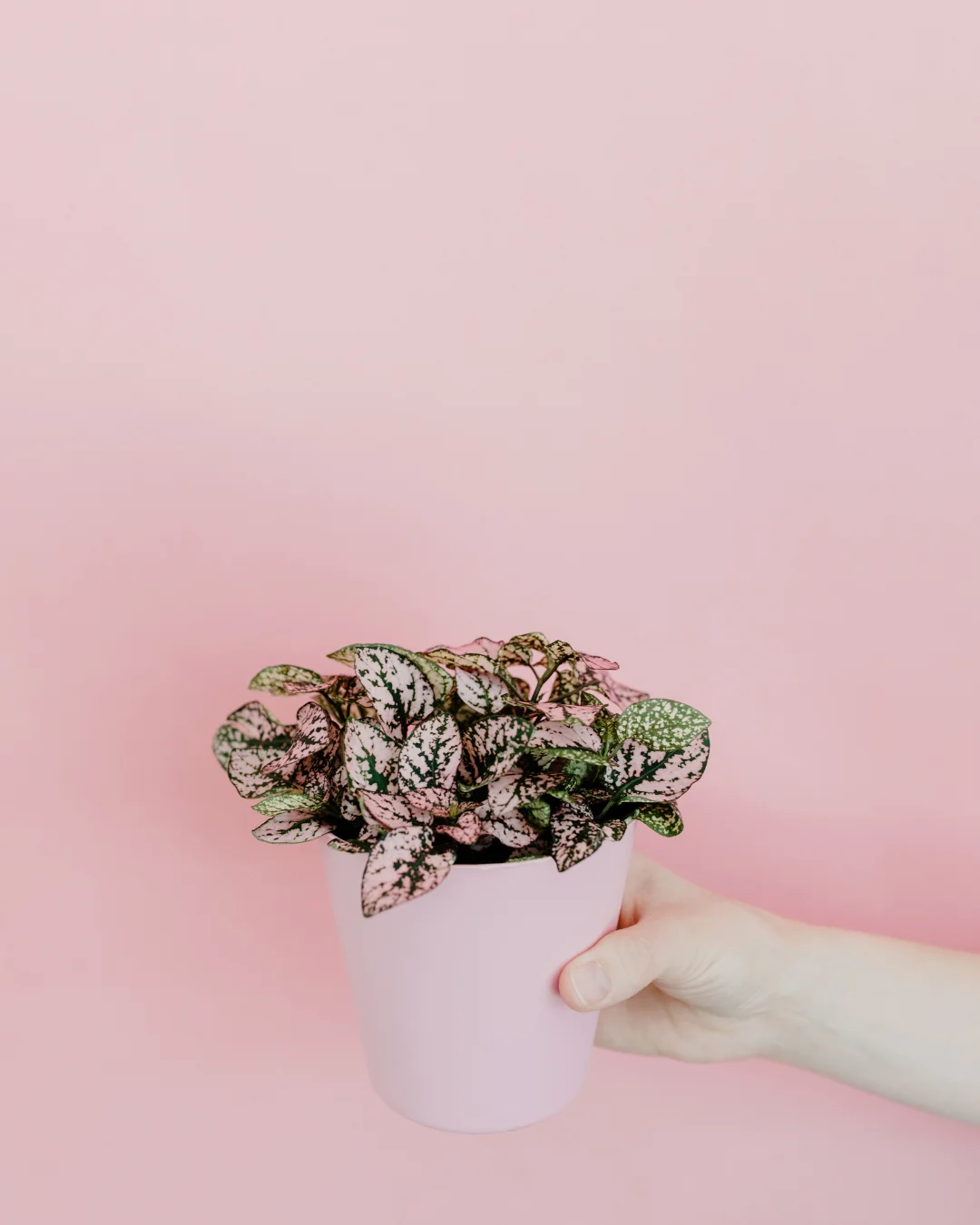
Prune to Thrive
Pruning of the polka dot plant involves the removal of yellowed or drooping leaves and trimming the tips of stems and leggy stems to promote bushier growth. Pruning should be done during the active growing seasons of spring and summer. Sterilized the pruning tools before pruning to prevent the transmission of diseases.
Protect Polka dot from Pest
Polka dot plants can face pest problems like aphids, spider mites, or mealy bugs. These pests can suck sap from the leaves, causing them to wilt or turn yellow. It might be infested by noticing tiny bugs or webs on the plant. To get rid of them, gently wipe the leaves with a damp cloth or spray them with soapy water. Keep your plant clean and well-ventilated to prevent pests from coming back.
Dealing with Other Common Issues
- Leaf yellowing and dropping are signs of over-watering. Though polka dot requires moist soil, overwatering can kill this plant. If the plant stands on water for long, it can cause root rot. So, water the plant when the top layer of the soil dries out.
- Losing leaf patterns occurs because of lighting issues. If the plant is kept under direct sunlight for a long time, the plant’s pattern will gradually fade. On the other hand, if the plant is kept in low light, the leaf turns green gradually. So, keep the plant in a plant where it gets indirect bright sunlight.
- Leggy stem growth indicates the plant is not getting enough light.
- Dry and pale leaves are caused by excessive sun exposure.
- Wilted leaves are a sign of an under-watered plant. Droopy brown leaves are also a sign of under-watering and low humidity.
Propagation Process of Polka dot Plant
Areca palm plants can be propagated from their seeds and stem cutting. Seed propagation is a less-used and lengthy process. So, stem cutting is the most convenient way of propagating this plant. The method of propagating by stem cutting is as follows.
- Firstly, choose a healthy, bushy mother plant that has several stems.
- Cut a section of the stem just below a leaf node using sterilized, sharp scissors or pruning shears. Each cutting should be 4-6 inches long.
- Remove the leaves from the lower half of the cutting to expose a node where roots will form.
- Dip the cut end of the stem in rooting hormone powder to encourage root growth.
- Plant the cutting in a small pot filled with moist, well-draining potting mix.
- Keep the soil moist and place the pot in a bright, humid place.
- Within a few weeks, the plant will develop new roots. Regular care is started once the roots become 1-2 inches, like an adult plant.
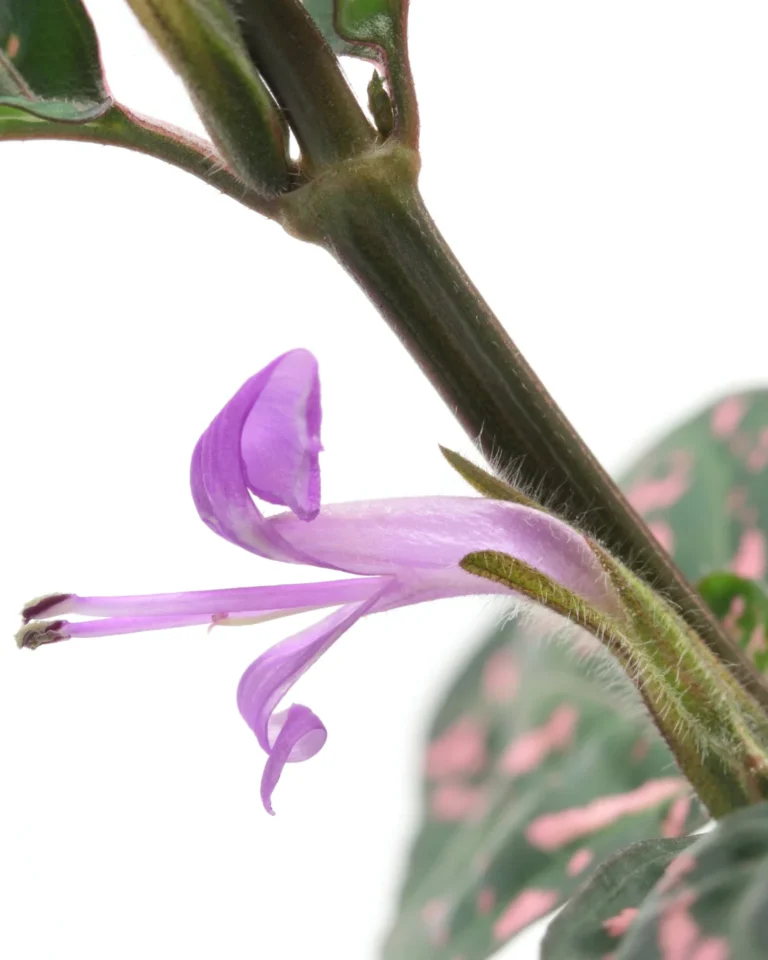

Tips for Polka dot Plant
- Pruning the flowers of the polka dot plant can help it grow bushier. Removing the flowers redirects the plant’s energy towards producing new leaves and branches, resulting in a fuller appearance.
- Pinch the stems of the polka dot plant to encourage new growth. This means gently squeezing or snipping off the tips of the stems with fingers or scissors. This helps the plant grow bushy and full instead of getting too tall or leggy.
- If the temperature drops below 60 degrees Fahrenheit, it’s best to bring your polka dot plant indoors if it’s currently outside. This plant prefers warmer conditions, so exposure to cooler temperatures can stress or damage it. Keep it in a location with stable indoor temperatures to ensure its health and vitality.



